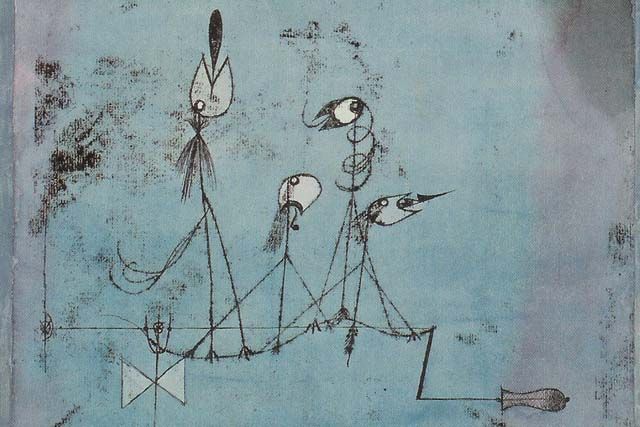Assignment 12
In this unit, we’re exploring the idea of the “Internet of Things“, and Things that Tweet, by making networked objects. These are things — artworks or what-have-you — that are connected to the Internet. They may act on signals they receive, or they may transmit signals from things they sense, or both. They can even act on a signal from the other side of the world. We’ll take advantage of open protocols like Twitter, open-source arts engineering tools like Processing and Arduino, and API’s like Temboo.com in order to do our work.
0. Reading & Viewing.
Please read the following two articles about “Spimes”:
- http://en.wikipedia.org/wiki/Spime
- http://laboratorio.us/misc/Shaping_Things.pdf (2005): Read chapters 1,2,7,10,12,15.
Read the excerpt from Bruce Sterling’s “Epic Struggle for the Internet of Things”:
- http://boingboing.net/2014/09/13/bruce-sterlings-the-epic-s.html
- http://www.strelka.com/en/press/books/the-epic-struggle-for-the-internet-of-things (alternate link)
Please watch this video of Kevin Kelly discussing the Internet of Things:
1. Temboo Tests.
Temboo is a powerful collection of API’s for using more than 100 popular API’s, from more than a dozen different programming languages. In this assignment it is expected that you will use Processing with Temboo, but you could use something else (e.g. Python) if you prefer. In this part of the assignment (no reporting required), you will get the basic demos working.
Instructions:
- Create an account for Temboo.com.
- Go to https://temboo.com/processing and click Download for the library.
- Install the library as Documents/Processing/libraries/temboo
- Load the GoogleGeocoding example from libraries/temboo/examples
- In the line of code, line 13: TembooSession session = new TembooSession…
- And from your account information at: http://temboo.com/account/applications
- insert your ACCOUNT name, make a new application, and
- insert your APPLICATION name and application KEY
- In the line of code, line 16, location =
- insert your home address.
- Run the app and print your lat/long.
- Try the same with Temboo’s YahooWeather example.
2. Posting/Tweeting from Processing.
In this assignment, get the Temboo example (“Choreo”) working for your preferred service (Twitter, Facebook). If you have some other service you prefer (Instagram, Tumblr), go for it. If you have a preferred language (Python, etc.), go for it.
To write a program to send a Tweet, follow the instructions here:
https://temboo.com/library/Library/Twitter/Tweets/
https://temboo.com/library/Library/Twitter/Tweets/StatusesUpdate/
To write a program to Post from facebook, follow the instructions here:
https://temboo.com/library/Library/Facebook/Publishing/Post/
For this section of the assignment, simply post a screenshot of your Facebook or Twitter post, as proof that you were able to send a post/tweet from code.
3. An object that tweets.

Twittering Machine by Paul Klee (watercolor, 1922)
View the following pages for some inspiration for ‘things that tweet’:
- http://www.foxnews.com/slideshow/scitech/2010/02/23/things-tweet/#slide=1
- http://mashable.com/2008/11/07/twitterthings-objects-tweet/
- https://delicious.com/palmadream/things-that-tweet
- http://geekorporate.wordpress.com/2010/02/02/things-that-tweet-furniturelightstoiletsbridgesdogsshoes-more-what-next/
Now, create:
- Minimally:
Create an Arduino program and circuit that tells Processing to post a message on Facebook or Twitter when a button is pressed. - Maximally:
Create (or instrument) a provocative “networked object” that sends an Internet message when some condition is sensed, or which performs an action-in-the-world when an Internet message is received.
Note: Limit your query rate! Services like Twitter and Facebook are pretty concerned with limiting the rates of queries you make. Assume that your app can get blacklisted if you exceed 200 queries or posts per hour.
Include:
- Blog post with 100-150 word writeup
- Visual (paper) sketches (scanned or photographed)
- Syntax-colored Arduino code and Processing code; Fritzing circuit
- Embedded YouTube video and/or photos
- A screenshot of your Facebook or Twitter post.
- Proper categorization of the blog post.
4. Sketch for a final project.
Details to follow.